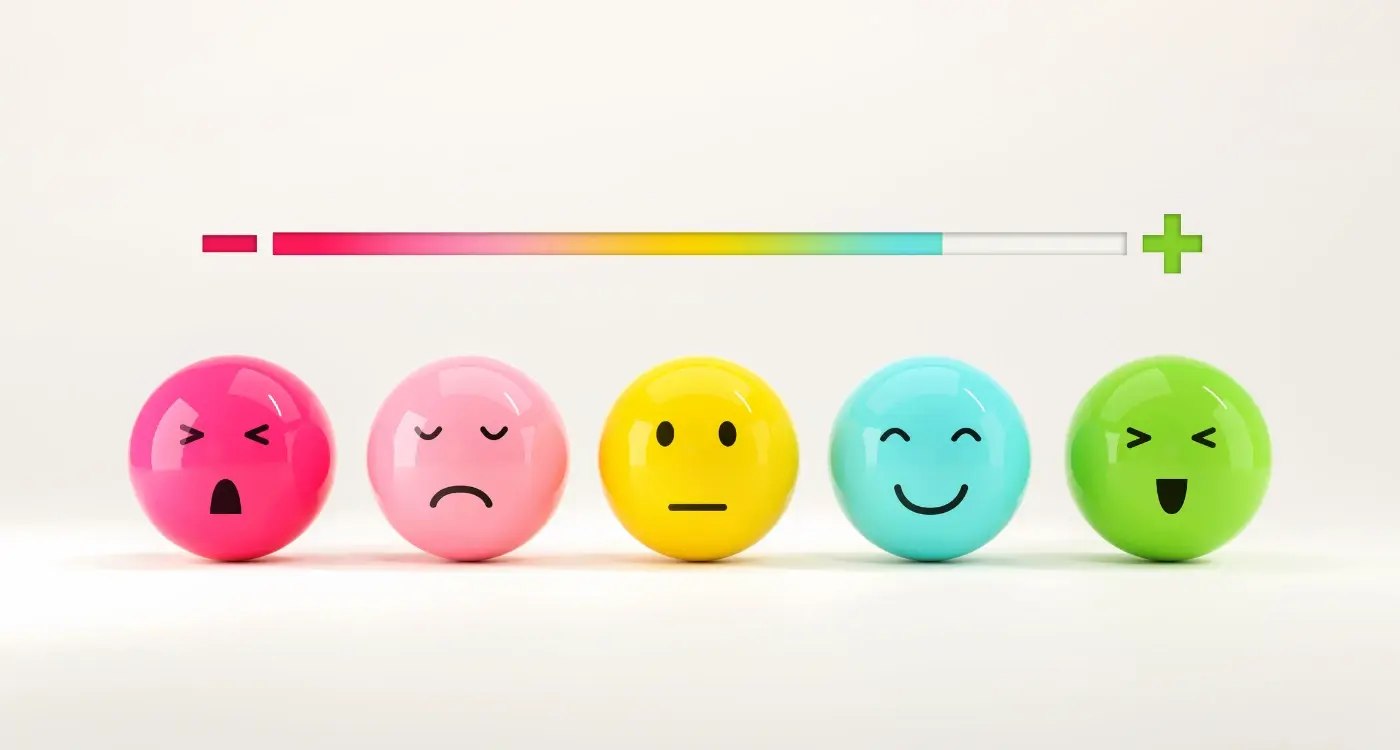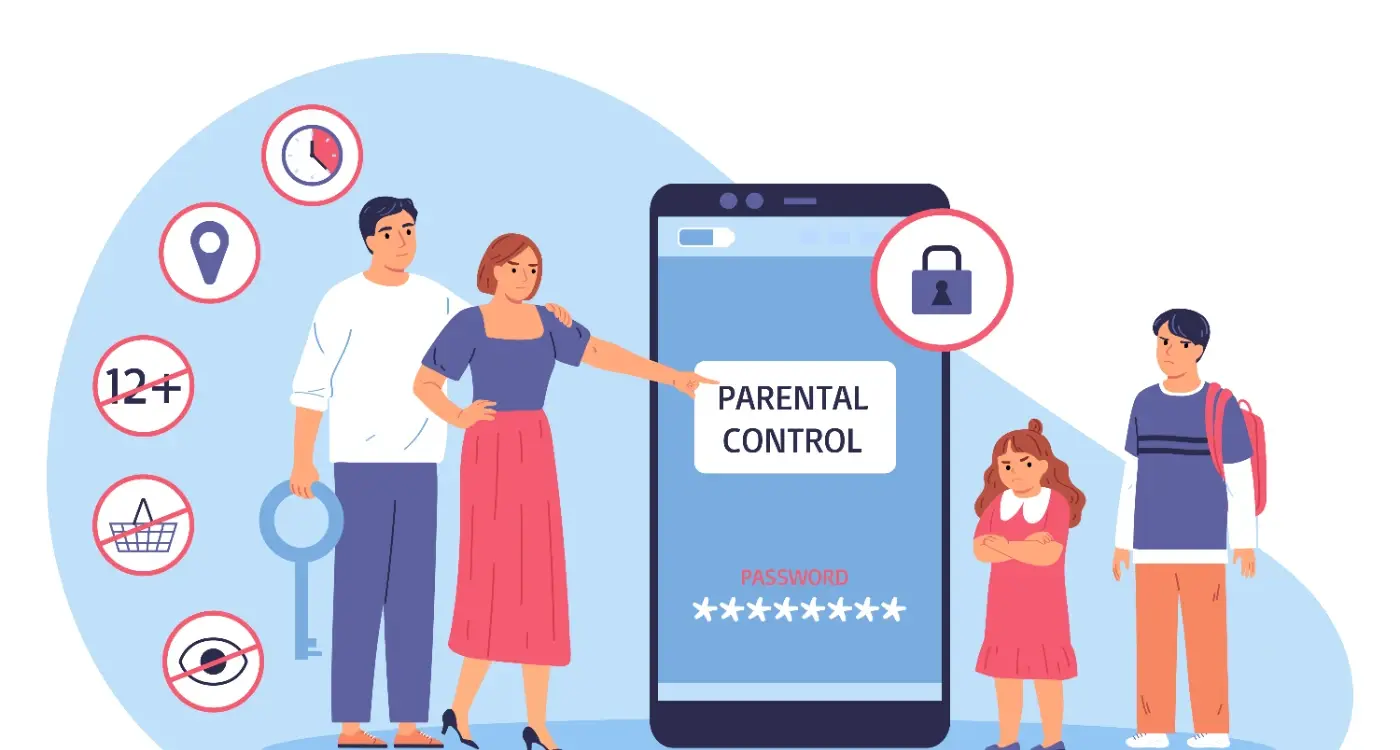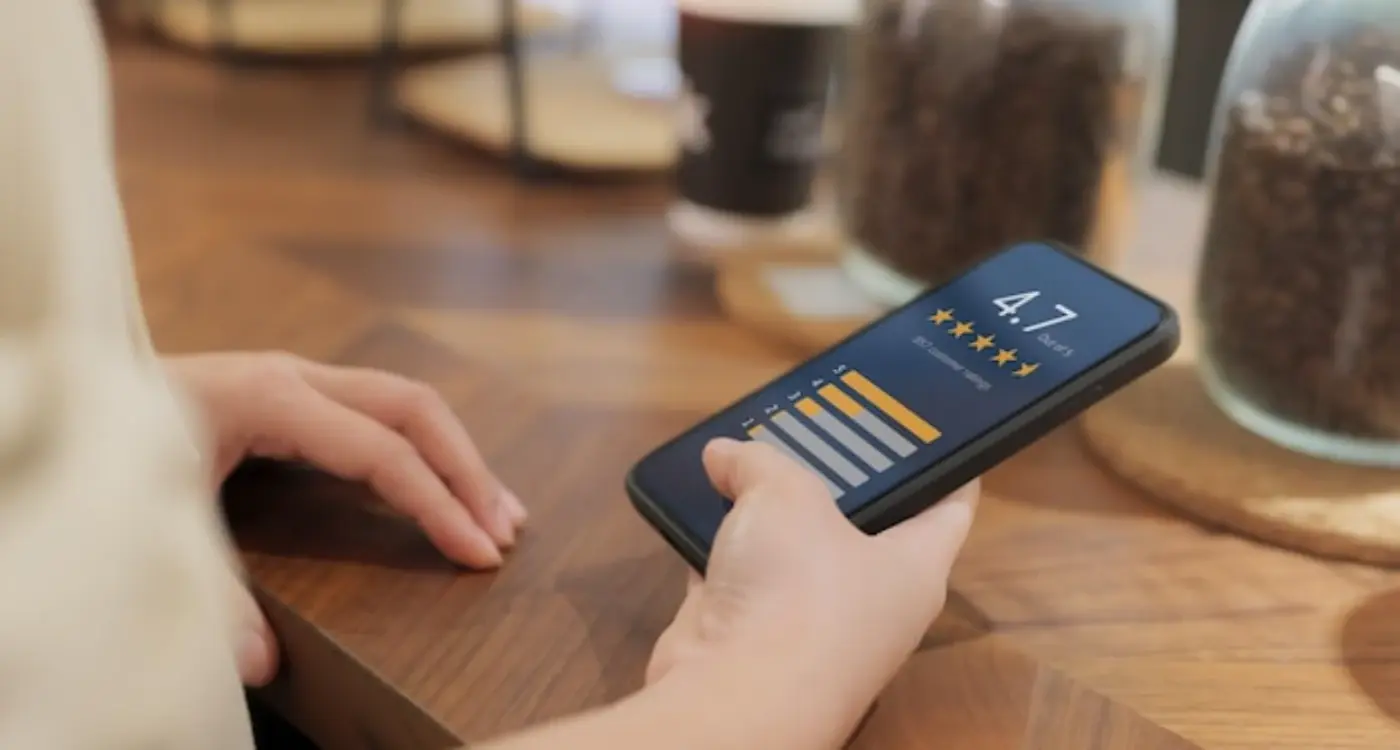What's the Right Time to Ask Users to Rate My App?
Most app developers get rating requests completely wrong—and I mean spectacularly wrong. They bombard users with pop-ups the moment someone opens their app for the first time, or worse, they interrupt users right in the middle of completing an important task. It's a bit mad really, because these same developers then wonder why their app ratings are mediocre and their reviews are filled with complaints about annoying prompts.
Here's the thing though; timing your app rating requests properly can make or break your app's success in the stores. Get it right, and you'll see genuine 4 and 5-star reviews from users who actually love your app. Get it wrong, and you're basically asking people to leave negative feedback about an experience they haven't even had time to appreciate yet.
The difference between a well-timed rating request and a poorly timed one isn't just a few extra stars—it's the difference between users who feel respected and users who feel pestered.
After building apps for nearly a decade, I've seen how small changes in rating prompt timing can shift an app's average rating from 3.2 stars to 4.6 stars. That's not just vanity metrics either—those ratings directly impact your app store visibility, download rates, and ultimately your bottom line. The app stores use rating data as one of their key ranking factors, which means getting this right isn't optional anymore.
But here's what most people don't realise: there's actually a science to when users are most likely to leave positive reviews. It's not about pestering them repeatedly—it's about understanding user behaviour patterns and catching people at moments when they're genuinely satisfied with your app. Let me show you exactly how to do that.
Why Timing Your App Rating Requests Matters
Getting the timing right for rating requests can make the difference between a five-star review and an annoyed user who deletes your app. I mean, think about it—would you give a good rating to something that interrupted you at the worst possible moment? Probably not.
The thing is, most developers get this completely wrong. They either ask too early when users haven't really experienced the app's value yet, or they wait so long that users have already moved on to something else. Both approaches are equally damaging to your app store ratings.
When you ask at the right moment, users are more likely to be in a positive mindset about your app. They've just completed a task successfully, reached a goal, or experienced something that made them think "that was actually quite useful." That's your golden window right there.
The Psychology Behind Rating Timing
Users need to feel invested in your app before they'll bother rating it. This investment comes from repeated successful interactions—not just opening the app once or twice. Research shows that users who rate apps positively have typically used the app at least 3-4 times and completed meaningful actions within it.
But here's where it gets tricky: wait too long and you risk asking users who've encountered bugs or frustrations. The sweet spot is when they're still in that honeymoon phase but have enough experience to give an informed rating.
Timing also affects the quality of reviews you receive, not just the star rating. Users who are asked at the right moment tend to write more detailed, thoughtful reviews that actually help other potential users understand your app's value. These detailed reviews are gold for app store conversion rates.
- Ask when users complete their first successful core action
- Wait until they've demonstrated engagement over multiple sessions
- Avoid asking immediately after errors or crashes
- Consider the user's emotional state and context
Understanding the App Store Rating Algorithm
Right, let's get into the nitty-gritty of how app store algorithms actually work—because understanding this is absolutely key to timing your rating requests properly. Both Apple's App Store and Google Play use sophisticated systems that go way beyond just counting how many five-star reviews you've got.
The algorithms look at several factors when determining your app's visibility and ranking. Sure, your overall rating matters, but it's not the only thing they care about. They also consider the volume of recent reviews (fresh ratings carry more weight than old ones), the velocity of ratings coming in, and something called "rating momentum"—basically how your ratings trend over time.
Here's what I've observed working with clients over the years: apps that get a steady trickle of positive ratings consistently outperform those that get massive bursts followed by dry spells. The stores seem to favour apps that maintain consistent user engagement, which makes sense from their perspective.
Key Algorithm Factors
- Recency of ratings (newer reviews have more impact)
- Rating velocity and consistency over time
- User engagement metrics tied to rating behaviour
- Geographic relevance of reviewers
- Review authenticity signals
What's particularly interesting is how the stores handle rating resets. When you release a major update, Apple lets you reset your ratings if you choose to—but this isn't always the smart move. I've seen apps lose valuable social proof by resetting ratings that weren't actually hurting their discoverability.
Focus on getting consistent ratings rather than trying to game the system with rating bursts. A steady flow of 10-15 ratings per week often performs better than 100 ratings in one day followed by nothing.
The bottom line? These algorithms reward apps that users genuinely engage with over time, not those trying to manipulate the system with poorly-timed rating requests.
The Sweet Spot for First Rating Requests
After working with hundreds of apps over the years, I've found there's a bit of a goldilocks zone for when you should first ask users to rate your app. Too early and you'll annoy them before they've even figured out what your app does; too late and you've missed the window when they're most excited about their experience.
Most successful apps I've worked on wait until users have completed at least 3-5 meaningful actions within the app. For a fitness app, that might be logging three workouts. For a productivity app, maybe creating their first project and adding a few tasks. The key is waiting until they've experienced genuine value from your app—not just opened it a couple of times.
Session-Based Timing That Actually Works
Here's what I've learned works best: wait for their third or fourth session, but only if they've been active during those sessions. I mean, there's no point asking someone who opened your app, looked around for 30 seconds, and closed it again. They haven't invested enough time to have formed a real opinion yet.
The timing sweet spots that consistently perform well are:
- After completing the onboarding process plus 2-3 core actions
- During their 3rd-5th app session (assuming meaningful engagement)
- After they've used a key feature that delivers your app's main value proposition
- Following a positive interaction like completing a goal or unlocking an achievement
- When they've spent at least 5-10 minutes total using your app across multiple sessions
But here's the thing—these are starting points, not hard rules. You'll need to test different timing for your specific app and user base. What works for a gaming app won't necessarily work for a banking app, you know?
How User Actions Signal Rating Readiness
Right, so you've got someone using your app—but when exactly are they ready to give you a rating? This is where most developers get it wrong. They think time spent equals satisfaction, but that's not how it works in practice.
The magic happens when users complete meaningful actions within your app. I'm talking about the moments when they've actually achieved something worthwhile. For a fitness app, that might be completing their first workout or hitting a personal goal. For a productivity app, it could be finishing a project or organising their first task list successfully.
Reading the Digital Body Language
Users give us loads of signals about their satisfaction levels—we just need to pay attention. Someone who's opened your app five days running? They're probably quite happy with it. A user who's just shared content from your app or invited a friend? Even better. These actions tell you far more than any timer ever could.
But here's the thing that catches people out: not all actions are equal. Someone frantically tapping through your app might look engaged in your analytics, but they could actually be struggling to find what they need. You want to look for deliberate, successful interactions—the kind that make people think "bloody hell, this app actually helped me."
The best time to ask for a rating is right after someone has experienced genuine value from your app, not when you think they should be ready
I've seen apps track everything from successful purchases to completed tutorials, and the pattern is always the same. Users who've had a positive outcome are far more likely to leave good ratings. It's about catching them in that moment when they're thinking "this was actually useful" rather than interrupting them when they're just trying to get something done.
Handling Negative Feedback Before It Hits the Store
You know what? One of the smartest things we can do is catch unhappy users before they leave those dreaded one-star reviews. I mean, once a negative review is live in the app store, the damage is done—and reversing it takes a lot more effort than preventing it in the first place.
The trick is building a buffer system that gives frustrated users a way to vent without immediately heading to the App Store. When your app detects that a user might be having a bad experience (maybe they've force-closed the app multiple times, or they're stuck on the same screen repeatedly), that's your cue to step in with a different kind of prompt.
Instead of asking "Rate us!" try something like "How are we doing?" or "Having trouble with something?" Give them options: they can share feedback directly with you, report a bug, or access help resources. This approach does two things—it shows you care about their experience, and it gives you a chance to fix problems before they become public complaints.
The Two-Step Approach
Here's what works really well: ask users how they feel about your app first. If they select 4-5 stars, then redirect them to the App Store. If they choose 1-3 stars, redirect them to your feedback form or support system instead. It's a bit cheeky, but it works.
I've seen this simple filter reduce negative public reviews by up to 60% while actually improving the overall user experience. The users who do leave feedback through your private channels often become your most loyal advocates once you've solved their problems. And honestly, that direct feedback is usually more detailed and actionable than what you'd get in a public review anyway.
Technical Best Practices for Rating Prompts
Right, let's talk about the technical side of things—because getting this wrong can really mess up your user experience. I've seen too many apps that spam users with rating requests or show them at completely inappropriate moments. It's honestly frustrating as a user and counterproductive for developers.
First up: use the native rating APIs. Both iOS and Android have built-in systems for this (SKStoreReviewController for iOS and the Play In-App Review API for Android). These are brilliant because they feel natural to users; the rating dialogue appears seamlessly within your app rather than yanking people out to the app store. Plus, the operating systems control how often these prompts can appear—iOS limits it to three times per year, which stops you from accidentally annoying your users.
Frequency and Context Controls
Never show rating prompts during onboarding flows or right after users complete critical tasks. I mean, if someone's just finished a purchase or submitted important information, the last thing they want is a popup asking for a review. Build in smart delays—wait at least 24 hours after the last prompt before considering another one.
Track user sessions properly too. Don't count background app switches as new sessions; only count actual user engagement. This prevents premature rating requests when someone's just switching between apps quickly.
Fallback Strategies
Always have a fallback plan. If the native APIs fail (which they sometimes do), gracefully handle the error rather than showing broken prompts. Some developers create their own custom rating dialogues as backups, but honestly? It's better to skip the request entirely than show a jarring custom popup.
Store the user's response locally and respect their decision permanently. If they decline once, don't ask again—it shows you actually listen to your users.
What Not to Do With Rating Requests
Right, let's talk about the mistakes I see apps making with rating requests—and honestly, some of these are so common it's painful. The biggest error? Asking for ratings immediately after someone downloads your app. I mean, come on! They haven't even figured out how to use it yet, and you're already pestering them for five stars? That's like asking someone to review a restaurant before they've even seen the menu.
Here's another classic mistake: showing rating prompts after users experience crashes or errors. I've seen apps do this repeatedly, and it drives me mad. If someone just lost their progress because your app froze, the last thing they want to see is a cheerful popup asking "How would you rate our app?" You're basically asking them to document their frustration publicly.
The Most Common Rating Request Mistakes
- Asking for ratings within the first session or day of use
- Showing prompts immediately after crashes, errors, or failed actions
- Using aggressive language like "Please give us 5 stars!"
- Making rating requests mandatory to continue using the app
- Showing the same prompt repeatedly if users dismiss it
- Asking for ratings during onboarding or tutorial flows
- Using fake review prompts that redirect to external sites
Another big no-no is making your rating request sound desperate or manipulative. Don't say things like "Help us stay in business by rating us 5 stars!" Users can smell desperation from miles away, and it actually hurts your credibility. Keep your request simple and honest.
And please, for the love of all that's good in mobile development, don't interrupt critical user flows with rating prompts. If someone's in the middle of making a purchase or completing an important task, let them finish first. The rating can wait—their user experience cannot.
Conclusion
Getting app ratings right isn't rocket science, but it does require a bit of common sense and proper timing. After years of building apps and watching what works (and what spectacularly doesn't!), I can tell you that the difference between a successful rating strategy and one that annoys users comes down to respect.
Respect your users' time. Respect their experience. And honestly, respect the fact that they've chosen to spend time with your app in the first place. When you ask for app store reviews at the right moment—after they've had a positive experience, completed a meaningful action, or achieved something within your app—you're much more likely to get those five-star ratings that actually help your visibility.
The technical side matters too; use the native rating prompts, don't spam people with requests, and always give users an easy way out. But the real magic happens when you combine good timing with genuine value. If your app genuinely helps people, and you ask at moments when they're feeling that benefit, the ratings will follow naturally.
I've seen too many good apps hurt themselves with aggressive rating prompts that pop up at all the wrong times. Don't be that app. Be patient, be strategic, and remember that one well-timed request is worth ten poorly placed ones. Your app store reviews are a reflection of your user experience—make sure they're telling the story you want them to tell.
Start with the basics we've covered, test what works for your specific audience, and adjust from there. Your users will thank you for it, and your app store rankings will too.
Share this
Subscribe To Our Learning Centre
You May Also Like
These Related Guides

What Emotional Triggers Make Users Rate Apps Positively?

How Do I Handle Age Restrictions in My App Store Listing?



